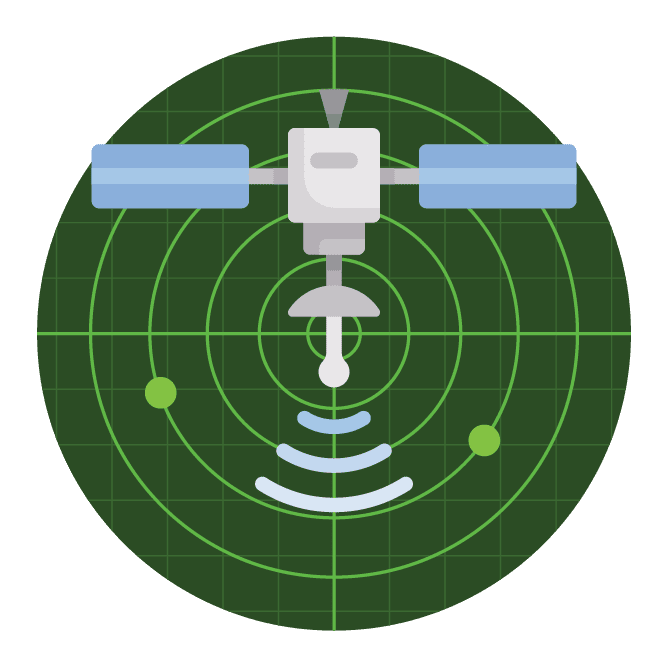Ocean Observation
Earth is really an ocean planet, as the world’s ocean covers more than 70% of the Earth’s surface. Yet a whopping 95% of the ocean is unexplored! Even with all the existing technologies – satellites, buoys, underwater vehicles, vessels – the current ocean observation, forecasting and monitoring systems are fragmented and their sustainability is a concern for most. There is a recognised need for sustained long-term observations.

The need for and value of ocean observations have become increasingly clear and compelling. We rely on the ocean for food, for energy, for transportation, for recreation, and for living and cultural services. Ocean observing has been improved in the past few years through several projects and efforts, notably the Galway and Belém Statements.
The are many relevant international agreements including the Sustainable Development Goals, the Paris Agreement and the Sendai Framework for Disaster Risk Reduction. Our use of the ocean continues to grow. Indeed, it is expected that the Blue Economy will double its fraction of global value added in the coming decade, outperforming the rest of the economy (OECD 2016), reaching $US 3 trillion. This growth comes with impacts on fisheries, coastal development, pollution and climate change.
Unfortunately, the ocean observing enterprise is fragmented. It is not sustainable and does not fully meet our needs. There remain many gaps and challenges. We need to do better. We need an ocean observing system that brings together all the partners interested and capable of contributing. We need to build partnerships for sustainability. We need to take full advantage of our technological capability. We need ocean observing that meets societal needs.
There is, nonetheless, a significant amount of ocean observing in the Atlantic, and elsewhere, and we do have many capable well-organized systems, e.g. US IOOS and EuroGOOS, coastal observing systems that serve national and regional needs. International programs, such as Argo, GO-SHIP and GLOSS and others are very effective.
The observing, data, modeling and product development communities have many strengths and do provide useful information services for coastal resource management and many other ocean users. The strategic vision for the Global Ocean Observing System (GOOS) recognizes that we need to ‘embrace new observations and data’ to achieve our goals. We must look beyond our present systems, to a coordinated and integrated international program that takes full advantage of our capabilities and rewards and recognizes the contributions of a diverse group of partners, from the coast into the open ocean, covering the South and the North Atlantic.
The AtlantOS program has the ambition to connect existing systems, facilitate platform and information sharing and improve the system efficiency. A comprehensive All-Atlantic Ocean Observing System should benefit all of us living, working and relying on the ocean. AtlantOS focuses on the basin-scale of the Atlantic, aligned with ocean observing in the neighboring seas and cooperating with global observing networks. AtlantOS will move beyond the status quo building upon present efforts and meeting societal needs with a robust and sustainable system and improved data sharing.
The AANChOR international partnership is an important venue for enhancing Atlantic Ocean observing, forming new partnerships and working towards the vision of sustainable ocean observing.
There are many different aspects to consider:
- The technology of making the observation.
- Data management.
- The analysis of data to provision of information services.
- Numerical modeling of ocean processes.
- Development of governance structures for the observing system.
- The formation of international partnerships.
Initiatives
No initiatives to show.
Publications
No publications to show.
